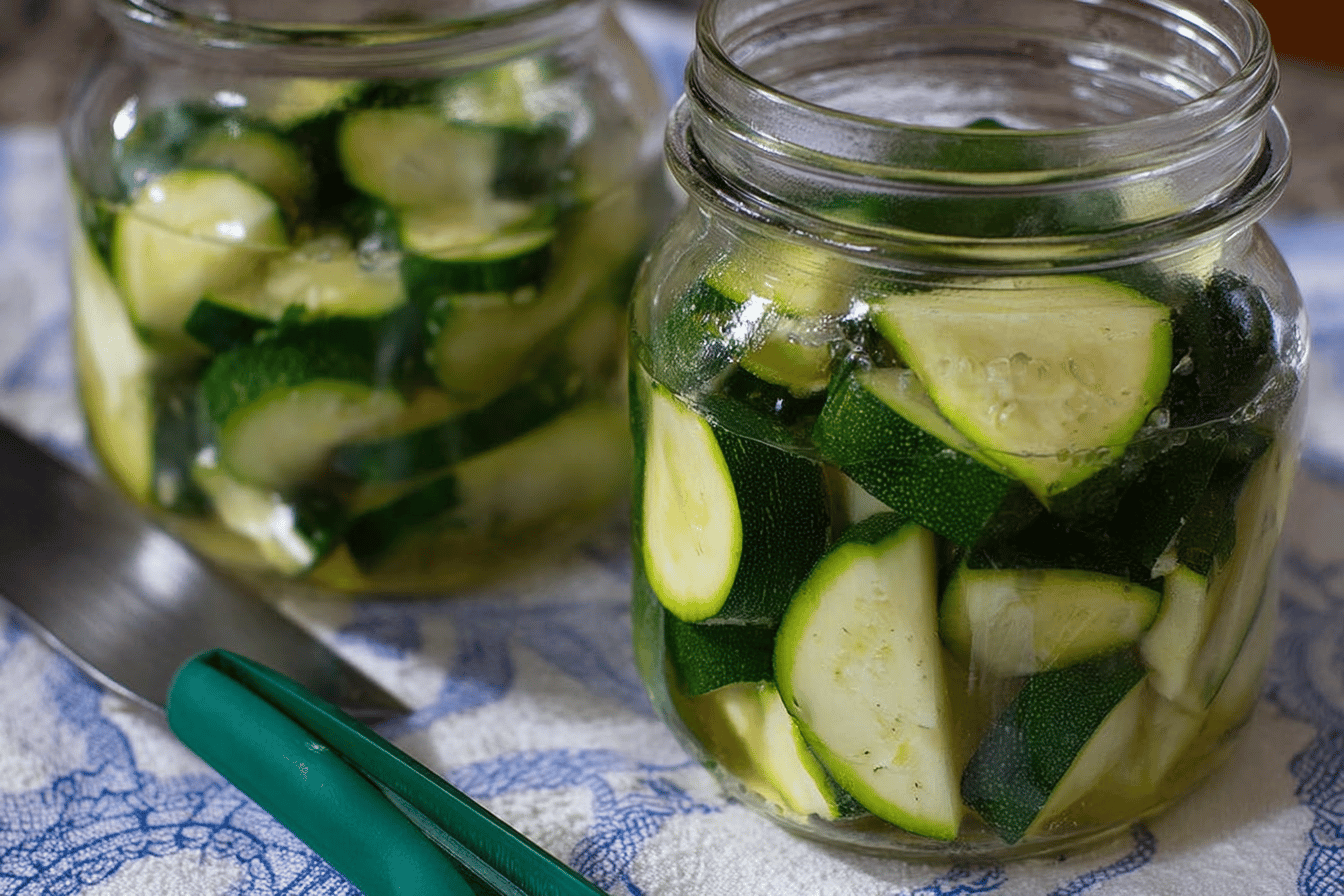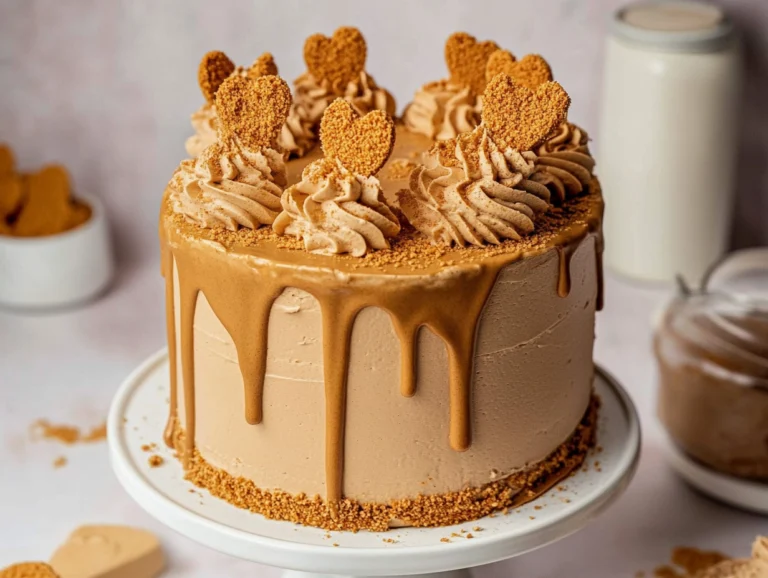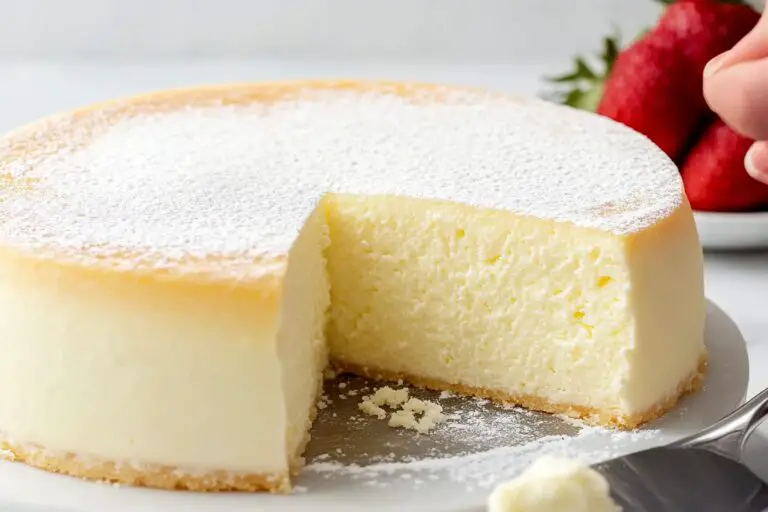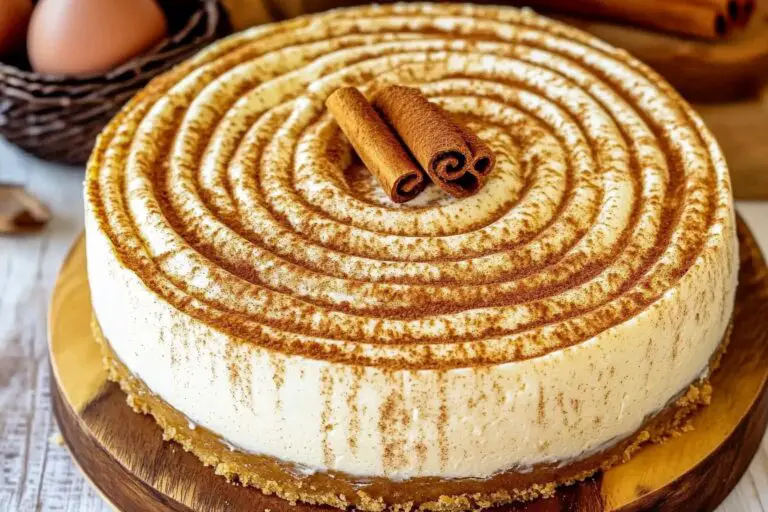How to Can Zucchini
Introduction
If you have an abundance of zucchini from your garden and are wondering what to do with all of it, learning how to can zucchini is the perfect solution. Preserving zucchini through canning is a great way to enjoy your harvest throughout the year. This step-by-step guide makes the process simple and approachable for everyone.
Detailed Ingredients with Measures
Gather the following ingredients to start your canning process:
Fresh zucchini
Water
Salt (optional, for flavor)
Prep Time
Preparing your zucchini for canning doesn’t take very long, but it does require attention to detail. Before you begin, wash the zucchini thoroughly to remove dirt. Trim off the ends and slice them into desired shapes, such as cubes or small chunks.
During prep time, you’ll also sterilize your jars and lids to ensure safe preservation. Boil the jars and lids for about ten minutes, making sure they are clean and ready to use.
Cook Time, Total Time, Yield
Cook Time: The zucchini needs to be cooked lightly before canning. This takes around 5 minutes. You’re essentially blanching the zucchini to stop the enzymes that could reduce its quality during storage.
Total Time: Including prep time, sterilizing jars, cooking the zucchini, and processing the jars in a water bath canner, the total process should take approximately 1 to 2 hours depending on your experience.
Yield: The exact yield of canned zucchini depends on the amount of zucchini you start with and the size of your jars. On average, you can expect to produce several jars of preserved zucchini from a larger harvest.
Preserving zucchini through canning ensures that you have a pantry stocked with garden-fresh produce ready to use in future dishes. By following this guide, you’ll be able to enjoy your zucchini harvest long after the growing season has ended!
“`html
Detailed Directions and Instructions
Prepare Your Workspace
Ensure your countertops, tools, and canning equipment are clean and sanitized to start with the process.
Prepare the Zucchini
Rinse the zucchini thoroughly under clean water to remove any dirt or debris. Trim off both ends of each zucchini. Slice or dice the zucchini as desired for your preferred texture and usage in future recipes.
Prepare Canning Jars and Lids
Wash the canning jars, lids, and bands with warm soapy water. Rinse well and keep them warm until ready to use to avoid thermal shock. You can keep the jars warm by placing them in a pot of simmering water.
Create the Brine
In a pot, combine one part vinegar to one part water, and add your desired amount of salt. Adjust the quantity of the mixture depending on how many jars you are canning. Bring the mixture to a boil, ensuring the salt is fully dissolved.
Pack the Jars
Carefully pack the zucchini into the warm jars, leaving about half an inch of headspace at the top. Pour the hot brine into the jars over the zucchini, ensuring the zucchini is fully submerged but still leaving the headspace.
Remove Air Bubbles
Run a spatula or nonmetallic tool along the sides of the jars to release any trapped air bubbles. Adjust the zucchini or brine levels as necessary to maintain the proper headspace.
Seal the Jars
Wipe the rims of the jars with a clean, damp cloth to remove any residue. Place the lids on the jars, ensuring a proper fit, and secure them with the bands—tightening them just until they are fingertip tight.
Process the Jars
Place the filled jars into a water bath canner with enough water to cover the jars by at least one inch. Bring the water to a boil, and process the jars for the appropriate amount of time based on your altitude and jar size.
Cool and Inspect the Jars
Once the processing time is complete, carefully remove the jars from the canner using jar tongs and place them on a towel or cooling rack. Allow the jars to cool undisturbed for 12-24 hours. During this time, the lids should seal with a popping sound.
Check the Seals
After the jars have cooled, press on the center of each lid to test for a seal. The lid should not flex or move when pressed. If any jars did not seal properly, refrigerate and use within a few days or reprocess them with a new lid.
Label and Store
Once sealed, label the jars with the contents and date. Store them in a cool, dark place for long-term preservation.
Notes
Prepping the Zucchini
Using small to medium-sized zucchinis works best, as they are more tender and less seedy than larger ones.
Customizing the Brine
Feel free to add herbs, spices, or seasonings to the brine for added flavor. Dill, garlic, or chili flakes are popular choices.
Adjusting for Altitude
Processing times may need to be adjusted based on your altitude. Refer to a trusted canning resource for guidelines on altitude adjustments.
Storage Tips
Properly sealed jars maintain peak quality for about a year, but they can still be safe to consume after that if stored correctly.
Handling Unsealed Jars
If a jar fails to seal, refrigerate it and consume the contents within a few days or reprocess the jar using fresh lids.
Safety Reminder
Always ensure the brine is boiling hot when pouring it into jars to ensure food safety and proper sealing during the canning process.
“`
Cook Techniques
Prepare the Zucchini
Wash the zucchini well to remove any dirt or residue. Trim off the ends and cut the zucchini into the desired shape, such as slices, chunks, or spears.
Blanching
Blanching zucchini can help maintain its texture during the canning process. Bring a pot of water to a boil, add the zucchini, and blanch for about 2-3 minutes. Immediately transfer the zucchini to a bowl of ice water to stop the cooking process.
Packing the Jars
Fill sterilized canning jars with the zucchini, leaving appropriate headspace as specified by your chosen canning method or recipe. Ensure the pieces fit snugly but avoid overpacking.
Adding Liquid
Pour hot canning liquid (such as water, brine, or vinegar solution) into the jars to fully cover the zucchini. Be sure to leave the correct headspace at the top.
Removing Air Bubbles
Run a non-metallic spatula or knife around the edges of the jar to release any trapped air bubbles. This ensures the food is properly preserved.
Sealing the Jars
Wipe the jar rims clean to ensure a secure seal. Place the lids on the jars and screw on the rings until finger-tight.
Processing the Jars
Using a water bath canner or pressure canner as directed by your recipe, process the jars for the required amount of time based on your altitude and jar size.
Cooling and Storage
Once processed, remove the jars from the canner and set them on a towel or cooling rack. Let the jars cool undisturbed for 12-24 hours. Check the seals before storing the jars in a cool, dark place.
FAQ
Can all types of zucchini be canned?
While most zucchini can be canned, small to medium-sized zucchini are ideal. Overly large zucchini may have tough skins or too many seeds, which can affect the texture and flavor.
Can I can zucchini without blanching?
Blanching zucchini is strongly recommended to help preserve its quality and texture during the canning process. Skipping this step can result in overly soft zucchini.
How long does canned zucchini last?
Properly canned and sealed zucchini can last up to 1-2 years when stored in a cool, dark place. Always check the seal and appearance before consuming.
What liquids can I use for canning zucchini?
You can use water, brine, or a vinegar-based solution for canning zucchini, depending on your recipe and flavor preferences.
Do I need to sterilize the jars before canning zucchini?
Yes, sterilizing jars is essential to prevent contamination and ensure food safety. Always sterilize jars and lids before filling them with zucchini.
What should I do if a jar doesn’t seal properly?
If a jar doesn’t seal, you can refrigerate it and use the contents within a few days. Alternatively, reprocess the jar with a new lid.
Can I add spices or herbs when canning zucchini?
Yes, adding spices or herbs is a great way to enhance the flavor of canned zucchini. However, ensure you follow a tested recipe to maintain safe canning practices.
Is it safe to can zucchini in oil?
No, it is not recommended to can zucchini in oil due to food safety concerns. Oil can create an environment where harmful bacteria can grow. Use water, brine, or vinegar instead.
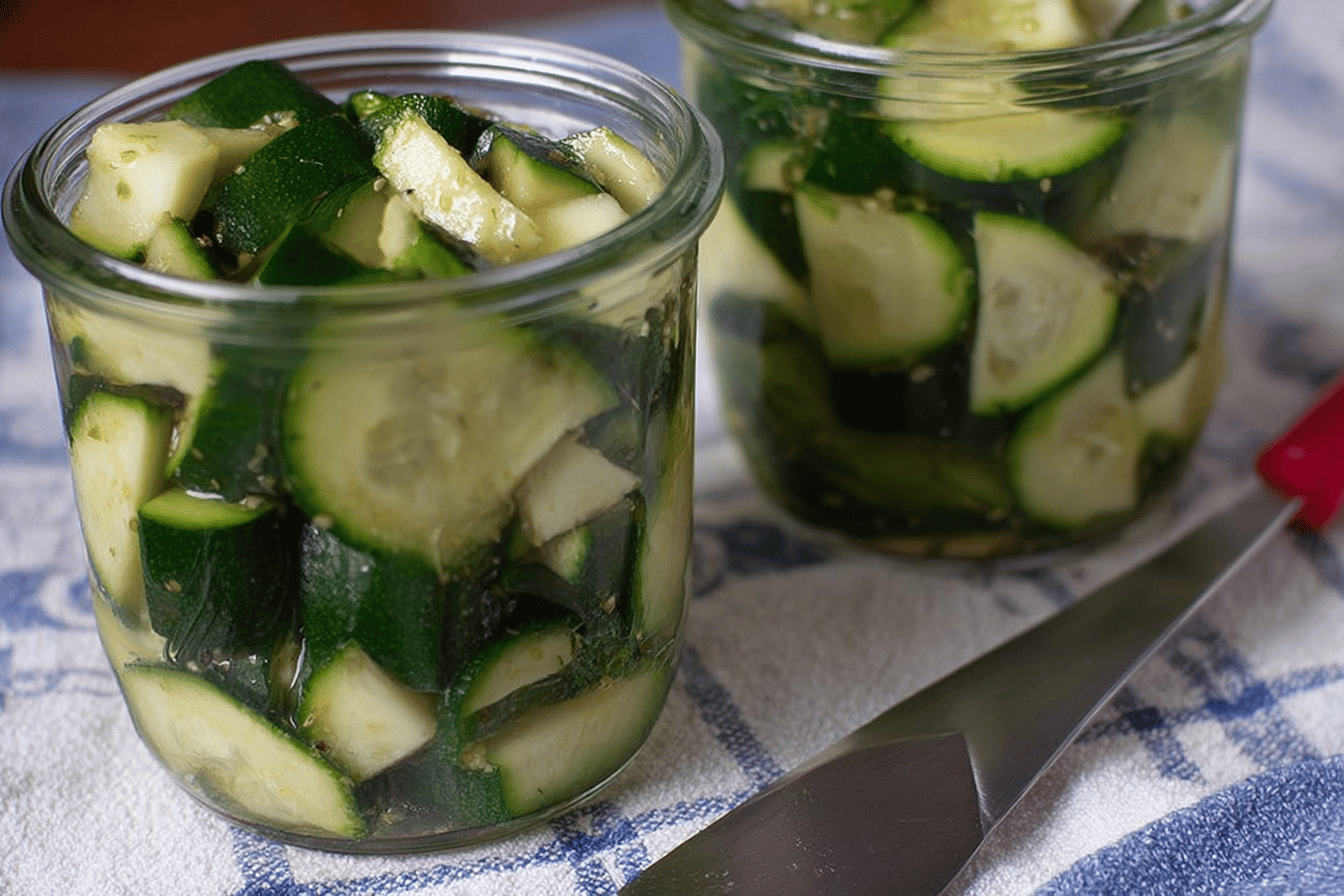
“`html
Conclusion
Canning zucchini is a fantastic way to preserve the abundance of this versatile vegetable during its peak season. By following the correct steps for preparation and processing, you can enjoy zucchini year-round for everything from soups to casseroles. Take the time to make sure each jar is properly processed to ensure safety and long-term storage.
More recipes suggestions and combination
Zucchini Relish
A perfect blend of sweet and tangy flavors, zucchini relish can complement everything from sandwiches to grilled dishes.
Zucchini Salsa
Spice things up by turning your canned zucchini into a flavorful, chunky salsa for tortilla chips or topped on tacos.
Zucchini Bread
Use your canned zucchini as an ingredient in moist and delicious zucchini bread, a dessert or snack favorite.
Zucchini Stir-Fry
Drain your canned zucchini and use it in a quick and easy vegetable stir-fry for a healthy dinner option.
Zucchini Soup
Combine canned zucchini with fresh ingredients to create a warm, creamy soup perfect for chilly days.
Zucchini Lasagna
Replace traditional lasagna pasta with thinly sliced zucchini for a lighter, veggie-packed twist on a classic dish.
“`

